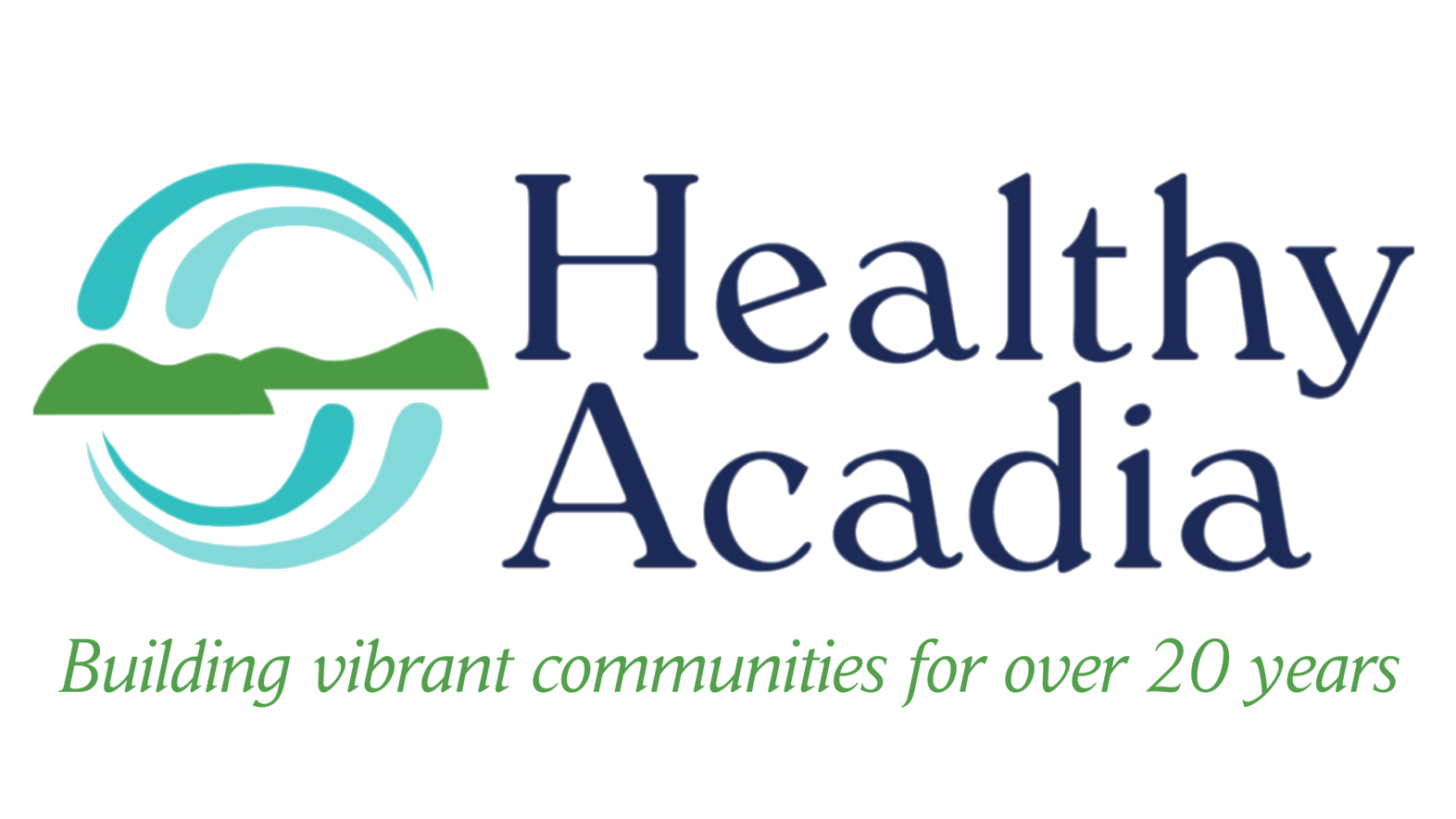Times Have Changed
Contributed by Corrie Hunkler, ELO and Youth Engagement Coordinator corrie.hunkler@healthyacadia.org.
Wondering How Much Times Have Changed Since You Were Teens?
Today's youth are exposed to behaviors and products that didn’t exist in the past, many of which can be far more harmful than parents experienced 'back in the day.' In the 1980’s for example, cannabis contained around 4% THC (tetrahydrocannabinol), the main psychoactive compound in cannabis that produces the "high" feeling by interacting with receptors in the brain. Today’s cannabis products can contain as much as 20% THC. (Source: https://drugfree.org/drug-and-alcohol-news/big-increase-marijuana-potency-since-1980s-colorado-lab-finds/)
Be a Positive Role Model for Your Teen
As adults, we carry a crucial responsibility to set a good example—whether we realize it or not, there’s always someone watching. For teens, seeing adults use substances to cope with stress or emotions can send a harmful message. Instead, we can model healthier behaviors that encourage positive coping skills and resilience.
Here are some key ways to lead by example:
Never drive after using alcohol or marijuana.
Avoid illicit drug use altogether.
Use prescription medications only as directed by your healthcare provider, and keep them stored safely and securely.
If you choose to drink, do so responsibly and in moderation.
Never ask children to fetch alcohol or any other substance.
Refrain from making jokes or telling stories that normalize substance use.
The truth is, whether it’s your child, grandchild, or even a neighborhood kid, there is always a young person observing how you handle life’s challenges. Kids, especially teens, tend to mirror the behaviors of those they admire. That’s why it’s critical to provide clear and consistent messages about the dangers of substance use—not only in what we say but also in what we do. Your actions and words matter more than you might realize.
Start the Conversation Early
Talking with your child about substance use can be one of the most powerful tools in keeping them safe. You don’t have to wait for signs of trouble, like changes in friends, slipping grades, or a loss of interest in activities they once loved. Begin the conversation early and keep it ongoing. Teens and young adults crave boundaries, even if they don't always admit it. Establishing clear expectations about where they go, who they’re with, and what they’re doing helps keep them safe and connected to you.
Take the time to learn how to communicate with young people at different stages of development about substance use. Every conversation, no matter how small, makes a difference.
Visit TimesHaveChanged.com or follow #TimeshavechangedMaine on Instagram for more information on what you need to know, what you need to do and what you need to look for when it comes to teens and substance use.
